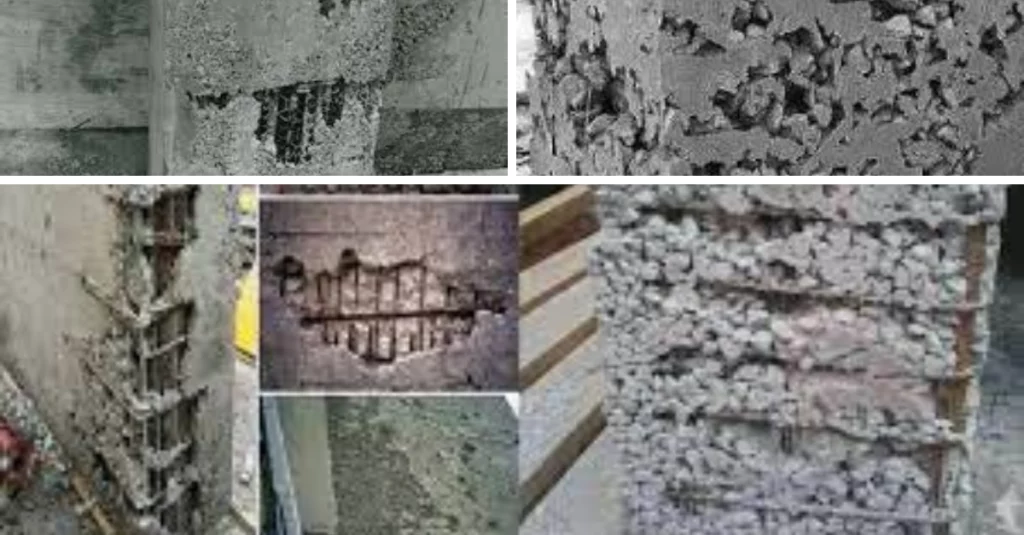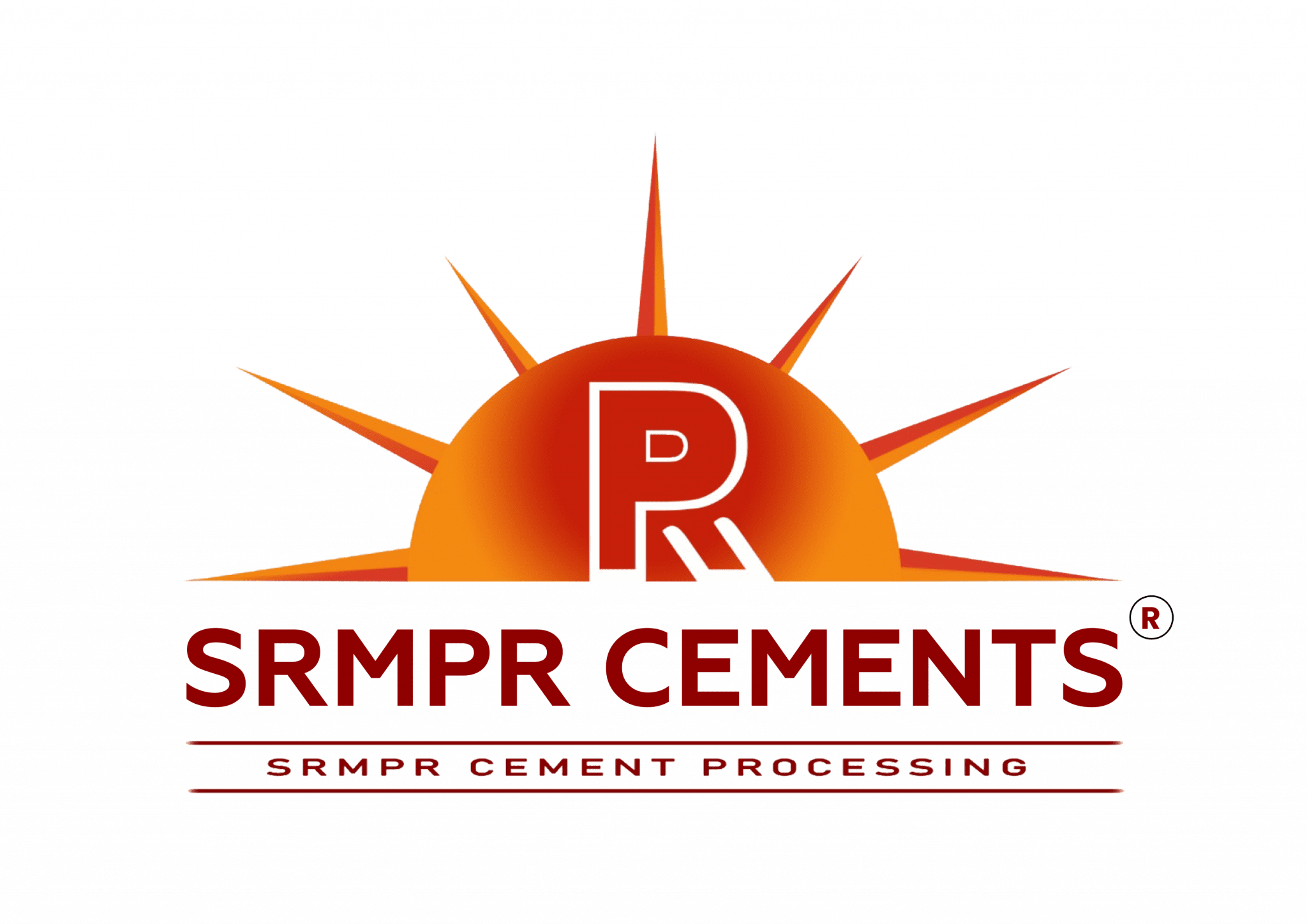Segregation in Concrete: Causes and Types
Segregation in concrete is the separation of the constituent ingredients in freshly mixed concrete. This happens when heavier materials descend due to gravity, leaving a lighter cement and water mixture on top. Segregation can also be caused by poor mixing or a higher water-cement ratio, which results in unequal distribution of cement or water throughout the mixture.
Types of Segregation in Concrete Aggregates Separation
Aggregates Segregation is when heavier materials settle and separate from the cement and water mixture, resulting in non-uniformity in the concrete. It usually occurs during the shipment or pouring of concrete.
Cement Slurry Separation Segregation: This type of segregation arises when water and cement separate due to an uneven mixture distribution. Inappropriate mixers, insufficient mixing time, and an incorrect water-cement ratio are all possible causes.
Both types of segregation can cause problems such as void development, weakened concrete, and lower structural strength. Preventative actions such as correct concrete mix management, transportation, and installation are critical in mitigating these issues.
Causes of Concrete Segregation.
Uneven Proportion of Concrete Ingredients: Inconsistent proportions of the constituent materials in the concrete mix can trigger segregation. A high water-cement ratio, for example, might cause aggregates to sink because of the increased water weight, resulting in non-uniformity.
Insufficient Mixing Time of Concrete: Inadequate mixing can result in certain areas of the mix having varying proportions of ingredients, fostering segregation within the concrete. Thorough mixing is required to guarantee uniform dispersion.
Handling of Concrete Mix: Improper handling during mixing can introduce inconsistencies, contributing to segregation. Manual mixing might produce unequal outcomes, increasing segregation difficulties.
Placement of Concrete Mix: Concrete transportation and placement play pivotal roles in segregation. Pouring concrete from a height or over long distances may cause heavier aggregates to settle and separate from the remainder of the mix, reducing uniformity.
Vibration of Concrete: While vibration aids in consolidating and eliminating air pockets, excessive vibration can induce segregation by causing aggregates to settle and segregate from the mix. To avoid these problems, vibration must be carefully controlled.
Effects of Concrete Segregation
Segregation in concrete can have various negative effects, including Increased Susceptibility to Leakage, Corrosion, and Carbonation: Segregation promotes the formation of voids within the concrete, elevating its permeability. This increased permeability permits water penetration, which causes corrosion of the reinforcement steel and carbonation of the cement, reducing the concrete’s longevity.
Formation of Cracks in Concrete: Segregation contributes to the uneven distribution of aggregates within the concrete mix, paving the way for crack formation. These cracks compromise the structural integrity and durability of the concrete, resulting in a weaker and less stable structure over time.
Reduced Strength of Concrete: Segregation leads to the formation of weak zones within the concrete, diminishing its overall strength. Areas where aggregates settle may have higher concentrations of cement and water, resulting in a weaker concrete mixture with lower load-bearing capacity.
In simple terms, segregation threatens the structural integrity of concrete. To ensure the durability and endurance of concrete structures, segregation prevention procedures must be performed during the mixing, transporting, and placement phases.
How to Prevent Concrete Segregation?
To ensure high-quality, robust, and long-lasting concrete, numerous procedures can be done to avoid segregation:
Accurate Proportioning of Ingredients: Maintain precise and uniform proportions of aggregates, cement, water, and admixtures. Adjust the water-cement ratio based on the type of concrete being mixed.
Thorough Mixing: Mix the concrete thoroughly to achieve a uniform distribution of ingredients. To achieve good blending, allow enough time for mixing and use appropriate equipment.
Careful Handling During Transportation and Placement: Handle the concrete with care during transportation and placement to prevent segregation. Use proper handling equipment and prevent manual mixing to reduce discrepancies.
Effective Vibration: Employ proper vibration techniques during concrete placement to consolidate the mixture and eliminate trapped air. Adequate vibration allows even distribution of concrete and helps to prevent segregation.
Careful Pouring to Avoid Voids: Pour the concrete carefully to prevent the formation of voids, which can contribute to segregation. Layer the concrete and compact it well to ensure appropriate bonding and reduce the likelihood of segregation.
By following these preventive measures, segregation in concrete can be effectively reduced, resulting in the manufacture of high-quality, long-lasting concrete structures.
Conclusion: Segregation in concrete, defined as the separation of its basic components, poses substantial issues to the integrity and lifetime of concrete structures. It is caused by a variety of factors, including unequal component proportions, insufficient mixing, incorrect handling, and inadequate vibration.
Segregation causes increased permeability, crack formation, and reduced strength, which undermines concrete’s durability and stability. However, working with SRMPR Cements guarantees a dependable method to counteract segregation. SRMPR Cements, with its commitment to providing high-quality cement products and comprehensive support throughout the construction process, is a reliable ally in the development of long-lasting and resilient concrete constructions.



